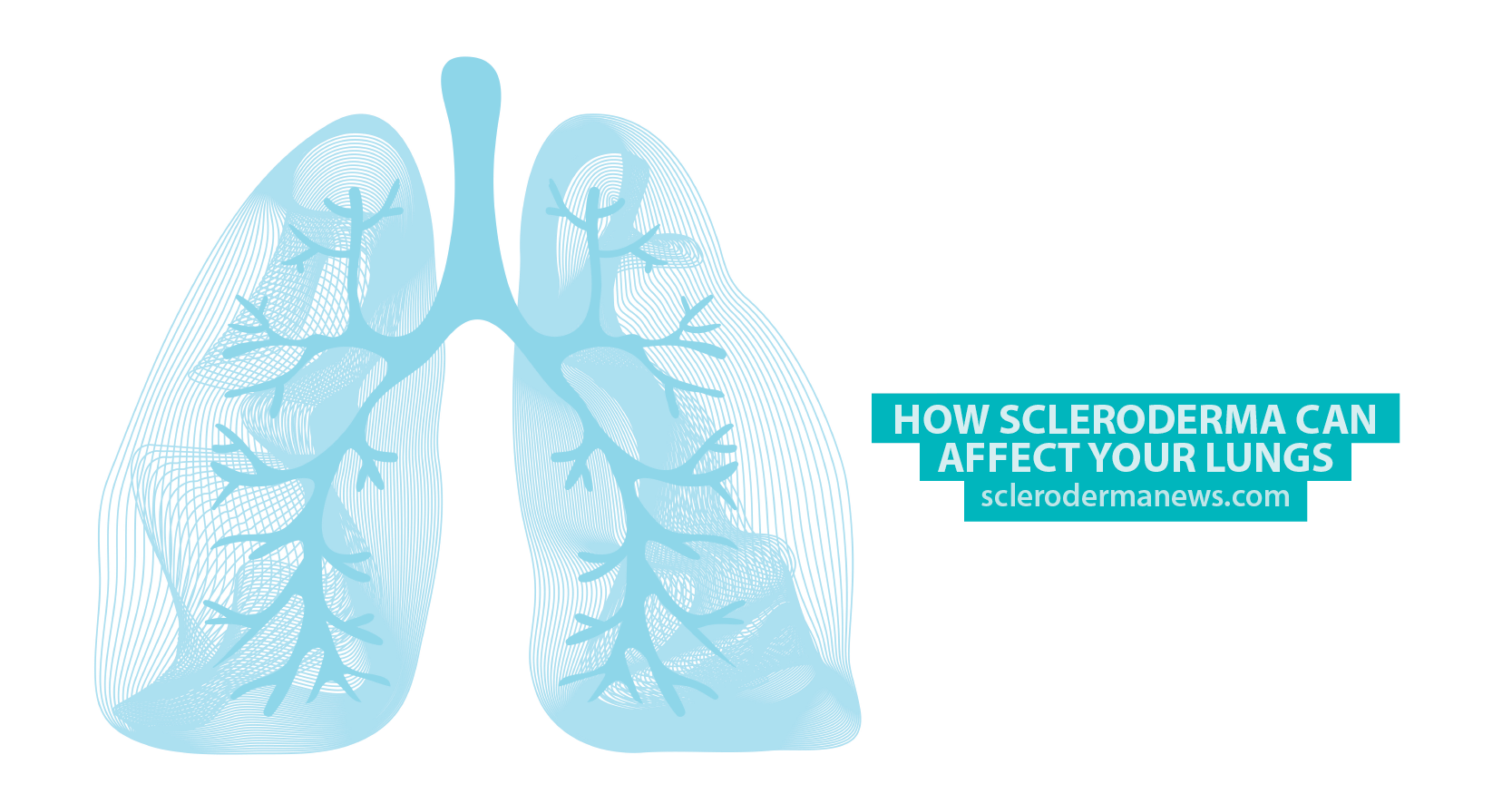How Scleroderma Can Affect Your Lungs

Scleroderma is an autoimmune disease that occurs when the body overproduces collagen. This collagen can appear in any of the body’s organs, including the lungs.
MORE: Six warning signs you may have a lung disease.
It’s essential that scleroderma patients’ lungs are monitored regularly. After a scleroderma diagnosis, the patient should undergo comprehensive pulmonary testing, including spirometry, lung function tests and an FVC test. If these show any abnormalities then doctors will use a CT scan to take an in-depth look at the lungs. This will allow them to see if there are any problems like scarring or inflammation due to pulmonary fibrosis.
According to John Hopkins Medicine, as the disease progresses, scleroderma patients are more susceptible to pulmonary hypertension. Pulmonary hypertension is a lung condition where the blood pressure in the lungs is increased, forcing the right side of the heart to work much harder to pump oxygen-rich blood back to the lungs. If left untreated, pulmonary hypertension can lead to heart failure.
A rapid onset of pulmonary hypertension often appears in patients with limited scleroderma who have only had mild symptoms of the disease. Early diagnosis is crucial so that further damage can be prevented. It’s advisable for scleroderma patients to have a 2D echocardiogram annually.
MORE: How scleroderma and pulmonary hypertension are connected.
Scleroderma News is strictly a news and information website about the disease. It does not provide medical advice, diagnosis or treatment. This content is not intended to be a substitute for professional medical advice, diagnosis, or treatment. Always seek the advice of your physician or other qualified health provider with any questions you may have regarding a medical condition. Never disregard professional medical advice or delay in seeking it because of something you have read on this website.






